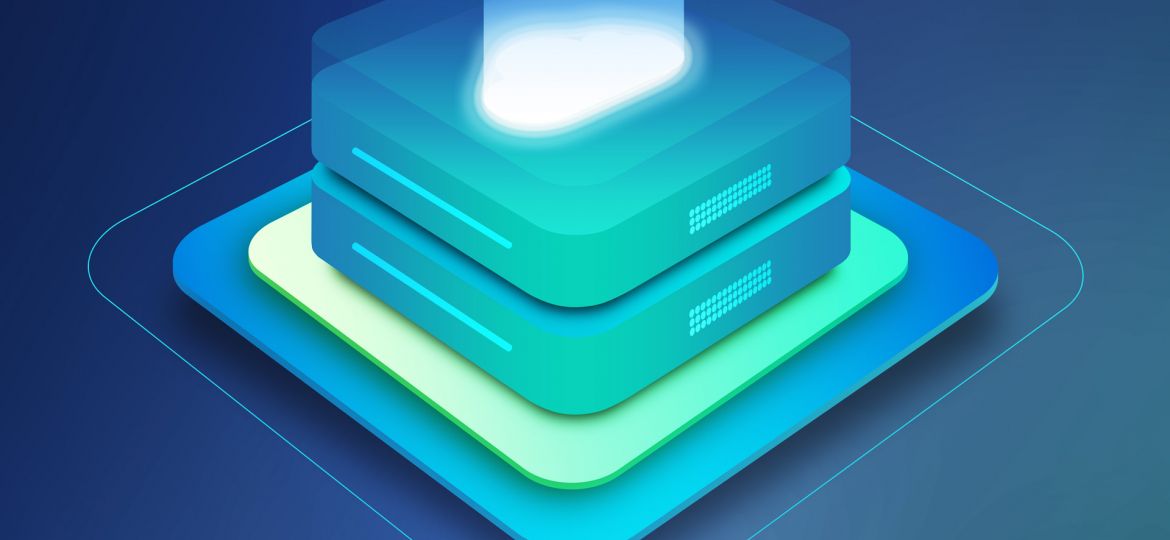
BACK-End essentials for 2022
Essential Skills That Will Elevate Your Career As A Back-End Developer
By Lissette Maduro
We’re rounding out our blog trilogy on full stack development and in this last segment we’ll take a look at the second main domain of web development: the back-end. As discussed in our first blog “Fully Stacked”, the back-end of web development relates to the servers, databases, and all the internal framework steering the applications.
Back-End Essentials
Back-end developers regularly refine software code to enhance the application’s communication with front end interfaces which are connected through servers, databases and other software programming. As such, back-end development requires a broad range of computer skills involving proficiency in writing programming code, managing databases and establishing how a website or app interface accesses stored data.
Skills considered essential for employment as a back-end developer include:
- Back-end Programming Languages. Developers convey instructions to computers through programming languages which consist of algorithms. The three most common of these programming languages in back-end development are JavaScript, Python, Java and PHP.
- JavaScript. Although we generally think of JavaScript as a front-end programming language, it’s very versatile. This is because JavaScript can be used on the back-end (server-side) through Node.js. This powerful combination can be used to build scalable network applications that are cross compatible with all major operating systems including Linux, Mac OS X, and Windows.
- Python’s simple structure enables users to easily maneuver complex systems and facilitates communication between the various developers working together on a project. The flexibility of this programming language supports a wide range of function styles and its extraordinary data visualizations offer users transparent and straight-forward reports.
- Java is a highly scalable, transferable, easy-to-learn, multipurpose programming language, used to create entire applications for single computers or a network of servers and end users. Java is most often used as the backbone of mobile development. It’s also used to modify programs while they are running and to create compact application modules used on web pages.
- PHP, a scripting programming language, translates programming instructions of routine processes so that they can be automated. This assists developers in enhancing an application’s performance.
- In addition, competence in the fundamental front end scripting languages HTML, CSS, and JavaScript are also crucial assets for a back-end developer.
- Managing Servers. Servers are computers or systems that supply users and other network computers with resources like data, file storage, security and databases. In demand web servers include Apache, NGINX, and Microsoft IIS. Back-end developers should be versed in the basics of the Linux operating systems which is what most servers use.
- APIs. Application Programming Interfaces (APIs) are used to substitute more complicated and intricate programming which facilitates software communication. They have become essentials in the building of server-side architectures which makes expertise in API’s an asset to a back end developer.
- Frameworks. Web frameworks are the foundation of a web application’s development and the bases for specific programs depending on the developer’s programming language of choice. For example, the Spring or Micronaut frameworks use Java whereas Python uses Django or Flask.
- Data Structures and Algorithms, Data Structures and Cache. It is key for back-end developers to grasp the processes, structures and algorithms in which data is presented. This includes stacks, queue, lists, data sorting, linear and binary search. Databases store and organize substantial amounts of information. Back-end developers use database management systems (DBMS) to work with the information. Expertise in popular DBMS like PostgreSQL, Oracle and AWS DynamoDB is important for a developer.
- Version Control and Version Control Systems. Version control assists back-end developers in monitoring document, website and computer program changes. It also allows for easy access, editing and restoring code. Proficiency in for instance GIT, a version control system is essential for a back-end developer.
Back End Development Career Outlook
With 4.66 billion active internet users worldwide as of January 2021 and 92.6 percent (4.32 billion) of them accessing the internet via mobile devices, back end developers are in high demand. An increase of 13% in job opportunities for web developers (which includes back end developers) is expected from 2020 to 2030.
Becoming Or Upskilling As A Back-End Developer
Due to the nature of the tasks performed, back-end developers need to have a high degree of technical expertise in database systems, programming languages and platforms which traditionally was achieved through acquiring a bachelor’s or master’s degree in computer science or an equivalent area of interest. In these times of remote and distance learning, online courses and training or boot camps provide back-end developers with the necessary knowledge and upskilling required to jumpstart or advance in their careers.
Just take a look at our wide array of available courses and you’ll see how we can assist you in becoming the exceptional back-end developer you are capable of being.
Now is a good time to move into a back-end developer career…
For more information, contact:
YouAccel Public Relations
media@youaccel.com

